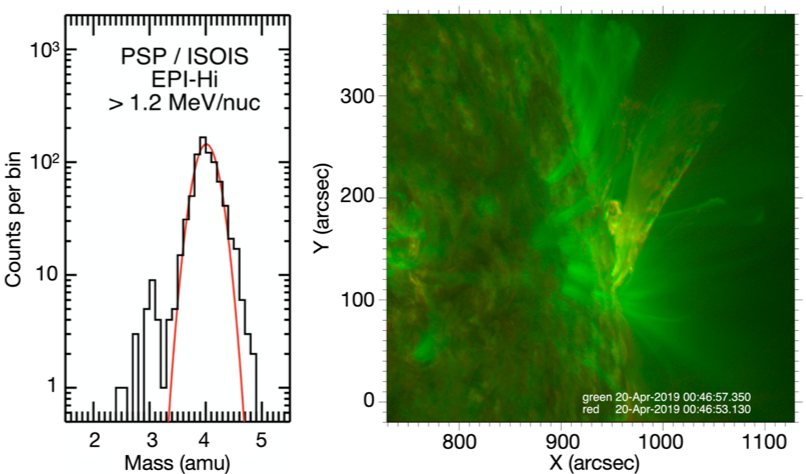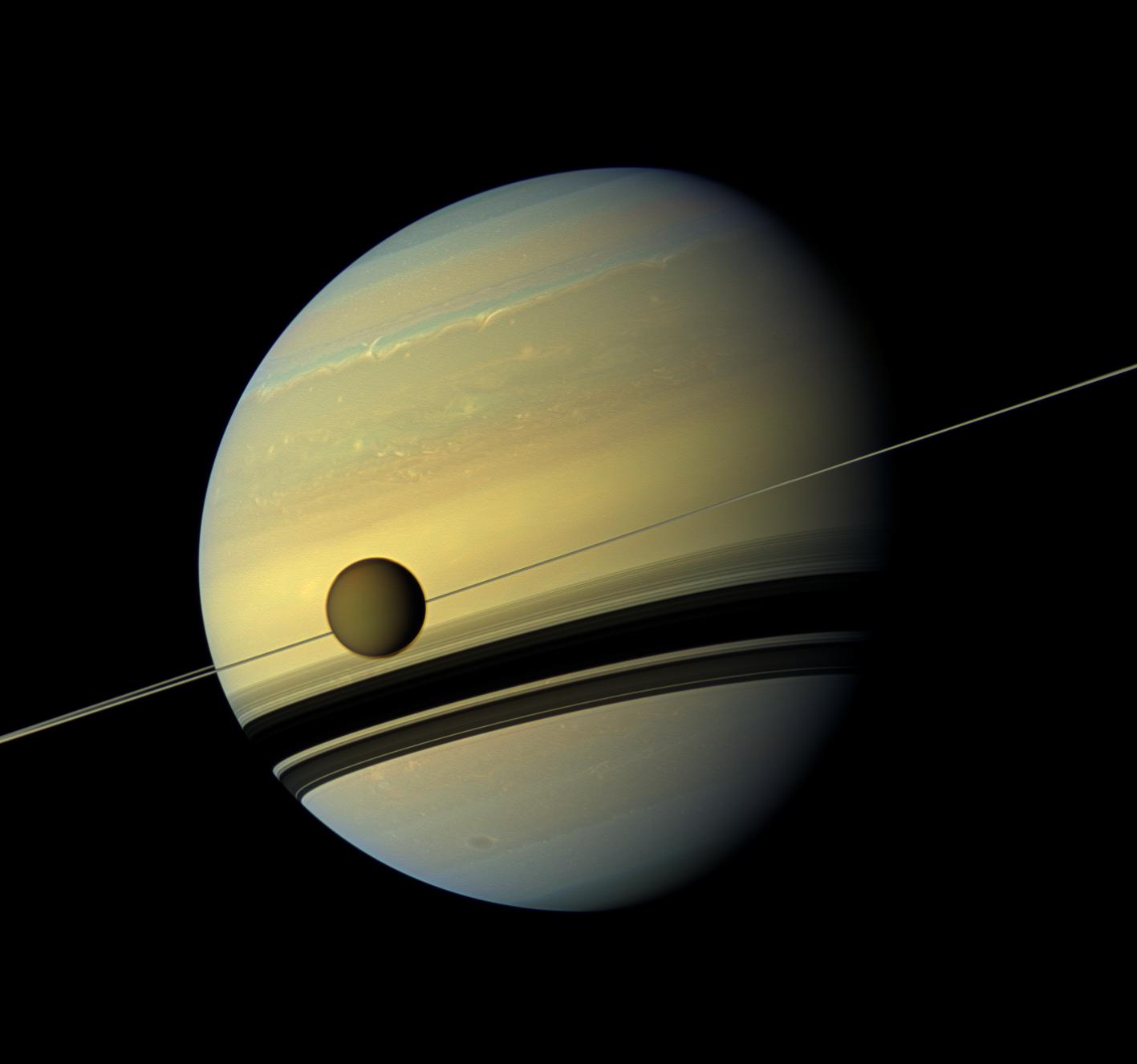New Topical Collection published in Space Science Reviews
Ten planetary atmospheres are currently studied in the solar system and many more will be characterized in the coming years as we remotely observe exoplanets. Are we ready to understand what we will discover around other stars? The examples of the solar system are probably not sufficient to let us anticipate the diversity of exo-atmospheres. To prepare this revolution, it is nevertheless very interesting to make the most of what we have learned so far, to identify commonalities between the different solar system atmospheres, and to make out the remaining key questions in our understanding of the known planetary atmospheres.
Toward these goals, a special article collection on “Understanding the Diversity of Planetary Atmospheres” has been published in the journal Space Science Reviews. It was prepared during a Workshop organized at ISSI, on November 12-16, 2018, with the support of the Europlanet Research Infrastructure of the EU. Nearly 40 scientists from Europe, USA, Russia, China, Japan, Israel and Australia attended this meeting, including planetary scientists, experts in the origins of atmospheres, planetary interior, aeronomy, escape, climatologists, and astronomers. The diversity of expertise proved to be very fruitful to discuss the diversity of atmospheres.
The 15 articles of this topical collection present rich, up-to-date views on many hot scientific questions relating to planetary atmospheres and the climate of exoplanets. By compiling this collection we hope to provide a solid reference for anyone willing to work towards understanding the diversity of planetary atmospheres.
Find here the Editorial of the Topical Collection on Understanding the Diversity of Planetary Atmospheres (Open Access), Space Sci Rev 217, 51 (2021). https://doi.org/10.1007/s11214-021-00820-z
This collection is dedicated to the memory of Adam P. Showman, a creative thinker, brilliant scientist, pioneer and leader in the study of the diversity and dynamics of planetary atmospheres.
François Forget, Oleg Korablev, Julia Venturini, Takeshi Imamura, Helmut Lammer & Michel Blanc (Guest Editors)
This Topical Collection will be reprinted as the Volume 81 in the Space Sciences Series of ISSI.





